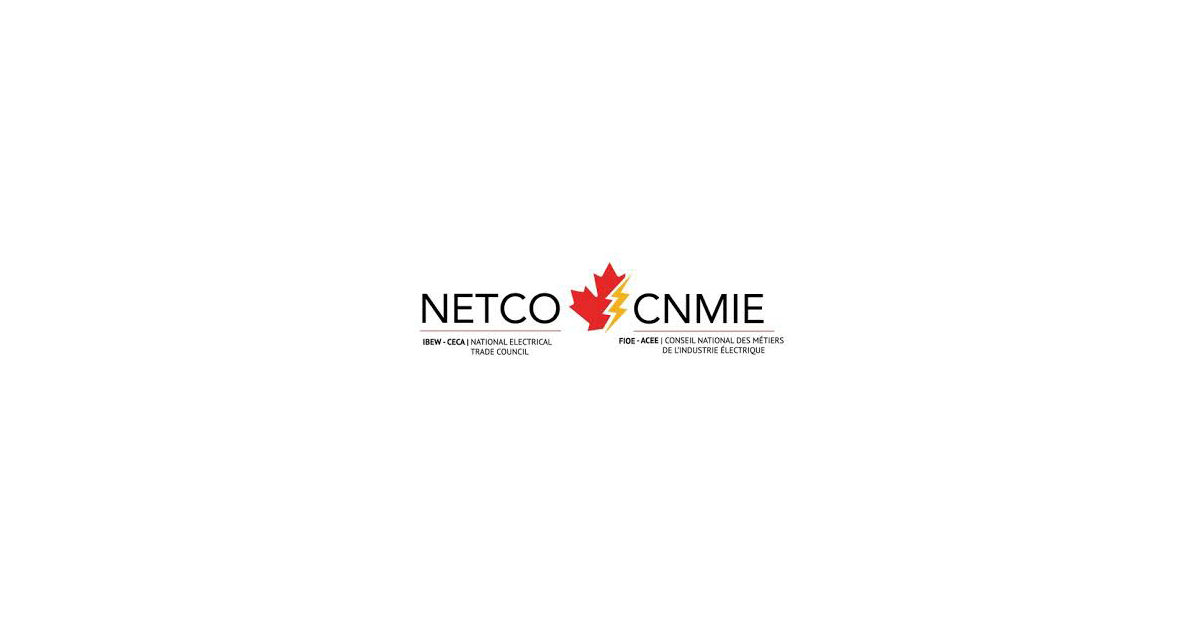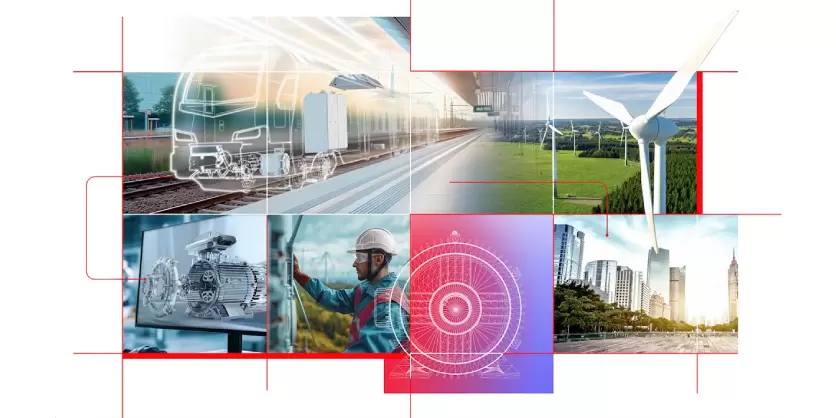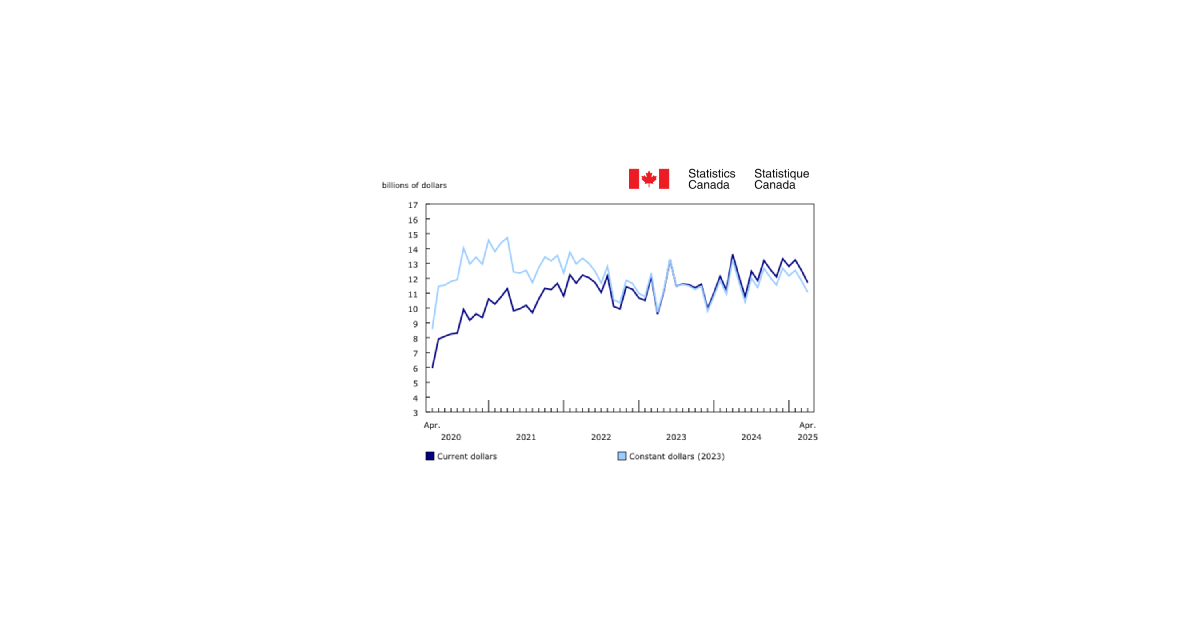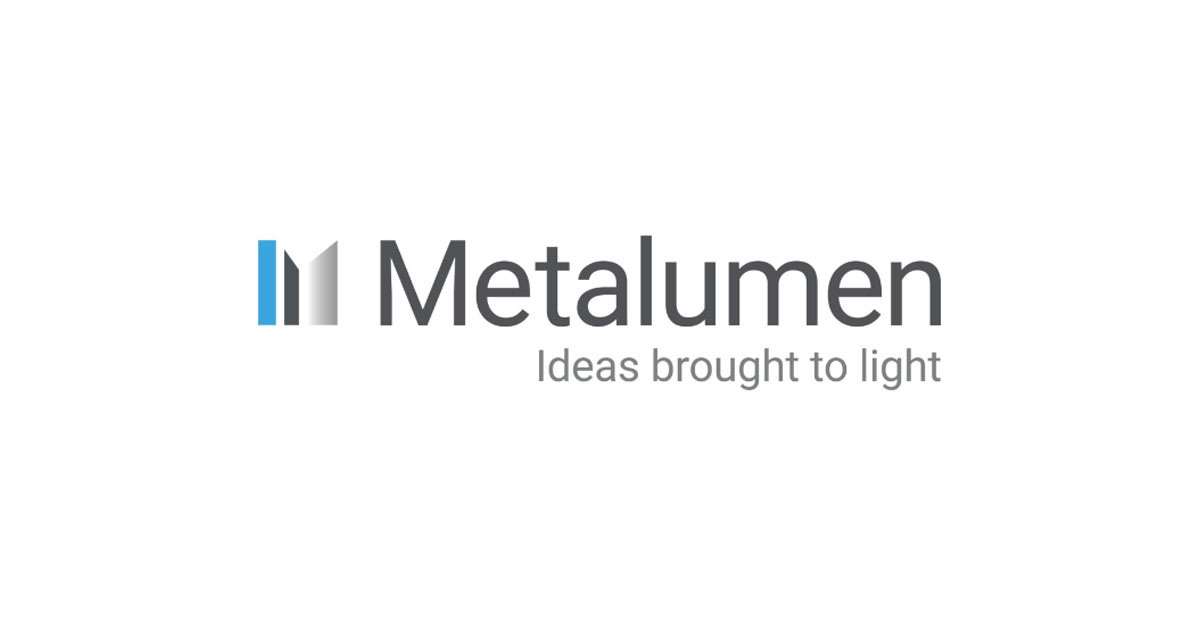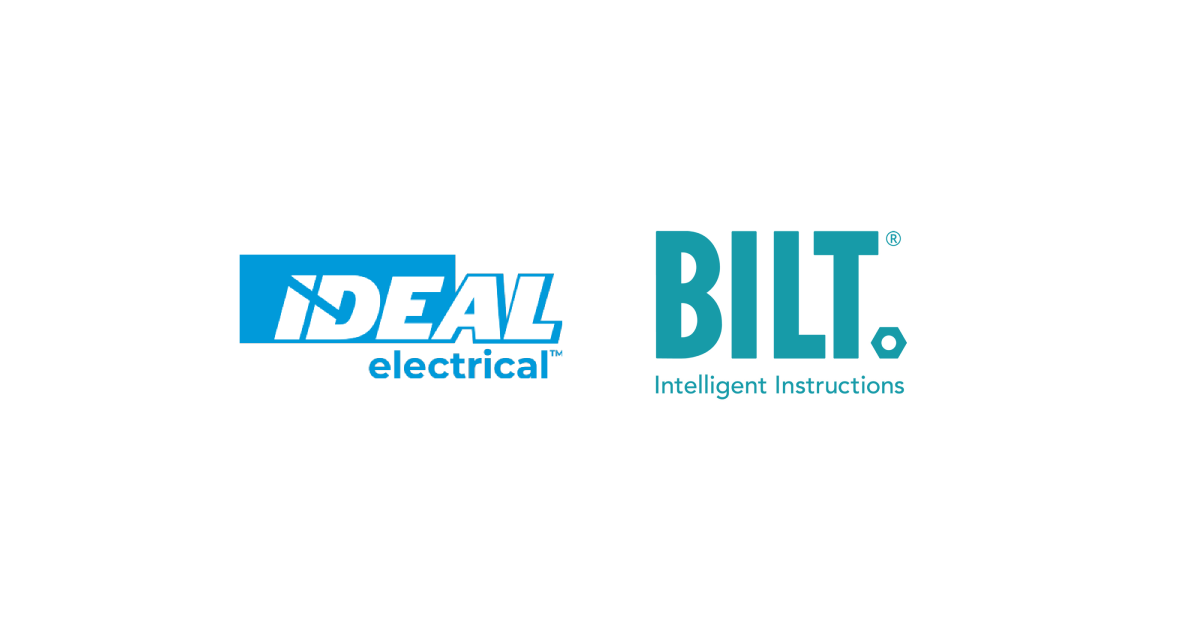The Fundamentals of UV Light Disinfection* Technology

February 11, 2022
What is ultraviolet (UV) light?
Ultraviolet light (UV) is a form of electromagnetic radiation with a wavelength from 100nm to 400nm. The UV spectrum is further broken down into 3 bands known as UVC, UVB, and UVA. UVC wavelengths are from 100-280nm, UVB wavelengths are from 280- 315nm, and UVA wavelengths are from 315-400nm. UV is present naturally in solar radiation. Radiation is the emission energy in the form of waves or particles through space or through a material medium, and includes, among other forms, ultraviolet, visible light, and infrared emission. Above the Earth’s atmosphere, solar radiation is 10% UV (UVC, UVB & UVA), 40% visible, and 50% infrared. After passing through the Earth’s atmosphere, radiation is 5% UV (UVB & UVA only), 43% visible, and 52% infrared. All UVC is absorbed by the Earth’s atmosphere, which notable as it relates to UV light disinfection technology because most UV light disinfection technology is based on UVC wavelengths and must be electrically generated. See other FAQs for more information on specific UVC sources.
Is UV light visible?
UV light is not generally visible to the human eye. There are some UV sources that also emit part of their light inside the visual spectra, so we can see some light, but it is only generally the non-UV part. Note that due to individual differences, certain individuals may have some perception into the UVA range.
Why is UV light used for germicidal applications?
English scientists W.B. Hugo Downes and Thomas Porter Blunt are credited with making the first scientific claims regarding the antimicrobial properties of UV in sunlight in 1877.2 Since then, scientific understanding of how the intensity, duration, and wavelength of UV affect how it works as a germicidal aid has advanced significantly. In general terms, UVC (with the shortest UV wavelength) is much more efficient as a germicide than UVA or UVB. This shorter wavelength also means that UVC light is less harmful to our skin and eyes than UVB or UVA.
How does UV work as a disinfection technology?
How UV works as a disinfection technology depends upon the wavelength(s) being employed. UVC (200-280 nm) has the ability to inactivate bacteria, viruses, mold, and fungi. In this wavelength range, photons are highly energetic and work by causing photochemical reactions in the nucleic acids (DNA & RNA) of the pathogenic microorganisms. These photochemical reactions create what’s called a DNA or RNA lesion, which prevents a pathogen from being able to replicate, thus rendering it harmless. The longer UVB (280-320nm) and UVA (320-400 nm) wavelengths have also demonstrated the ability to kill certain bacteria (but not viruses, mold and fungi). These wavelengths cause oxidation of proteins and lipids, resulting in cell death, and, hence, work only on bacteria. Violet light in the 405 nm to 470 nm wavelengths has also been shown to kill bacteria at the proper doses. The violet light causes photoexcitation of endogenous porphyrins that leads to the generation of reactive oxygen species, which are toxic to bacterial cells.2
Where is UV used as a disinfection aid?
UV is used in air, water and surface disinfection. UV disinfection products from Acuity Brands focus on pathogen control1 in the air and on surfaces in interior architectural settings.
Why is UVC used as a disinfection strategy?
UVC, particularly the wavelengths from 200-280nm, is known to be an effective technology for inactivation of many viruses and bacteria2. UVC is straightforward to apply in a defined area and its expected effectiveness can be predetermined within a set of application design parameters and in reference to measured output data and laboratory test data. With an adequate dose applied, UVC light can treat the area quickly. Utilizing UVC for pathogen control can reduce the amount of chemicals that need to be used for disinfection purposes.
How quickly does UVC work to inactivate viruses and bacteria?
It is possible to inactivate viruses and bacteria in seconds using UVC; however, it is critical to understand the power level requirements to provide rapid inactivation. There is no set time to deliver an effective dose; determining an effective dose will depend on multiple application factors and the pathogen(s)1 being targeted and will be customized to the space to be treated.
In general, how can UV products be installed and used safely?
First and foremost, the necessary safety precautions with respect to application of UV products is determined by the technology involved. Second, the UV products selected must be differentiated according to whether they are designed with direct, indirect or mixed UV light. When human exposure to the UV light is expected it is critical that installations operate within applicable safety guidelines. In situations where potential UV exposure poses a risk that exposure will exceed safety guidelines (i.e., in systems not intended for use when spaces are occupied), the apparatus and/or installations must be equipped with safety and warning elements as described in applicable UL standards. These elements should include movement or presence sensors, visual and sound signals. etc., as well as a backup mechanism which, if any of the safety or warnings systems fail, would activate another method of protection. In these cases where safety and warning systems are required to avoid unwanted UV exposure, the installer must perform a risk analysis of the installation and use of the system. Systems must incorporate at least two independent electrical or mechanical safeguards (i.e., primary and secondary) to reduce the overexposure risk if the system is inadvertently or intentionally activated while the treated space is occupied. This may be accomplished with any combination of site and equipment safeguards. Safeguards must be installed near or within the treated space to reduce the likelihood of occupancy immediately before or during operation of the system. Signage, product markings and operating instructions are not sufficient for the purpose of complying with this requirement.
Does UV light cause risk to human health?
In the case of UV, there are two possible sources of hazards: irradiance, which is invisible to the eye, and ozone, which produces a distinct odor making it possible for humans to detect a potentially hazardous situation. Since UV is not visible, individuals may be overexposed without realizing it until the potentially adverse health effects become apparent hours later. Understanding these hazards and how to prevent them is essential for designing the appropriate UV light disinfection system for the application. See additional FAQs for a discussion of the specific potential for adverse health effects.
What are the irradiance hazards for UV?
With UVC, the two known photobiological risks are photokeratitis and erythema. Photokeratitis is an eye condition resulting from damage to the cornea caused by overexposure to UVC light. Erythema is redness of skin, caused by increased blood flow in capillaries, that can also result from overexposure to UVC light. These effects are usually temporary but can be quite severe and painful. Photokeratitis and erythema may also be induced by overexposure to UVB, and overexposure to UVB and UVA may lead to additional effects. UVB and UVA may be a source of tanning and thermal skin burns, possible cataracts, and, as wavelengths approach the visible range, retinal burns and color and night vision degradation. Visible light may be a source of thermal skin burns, retinal burns, color and night vision degradation, and cataracts. Overexposure to UVB and UVA may also increase the risk for skin cancers. This risk is also present, but greatly reduced, in the UVC range. UVC is principally absorbed in the superficial layers of the skin and eye. In comparison, UVB and UVA can reach the germinative layer (basal layer of the epidermis), thereby having more risk present in the case of cumulative long-term exposures.
What are the ozone hazards for UV?
UV emission below 240nm can produce ozone at low levels. Wavelengths from 160 to 200nm can produce higher levels of ozone. Ozone is created by the photolysis of the oxygen molecule (O2) that disrupts the molecule and creates valent oxygen atoms (O) that will then attach to any individual oxygen molecules (O2) to create ozone (O3). When inhaled, ozone can damage the lungs and is potentially toxic to pulmonary function. Relatively low amounts can cause chest pain, coughing, shortness of breath and throat irritation. Ozone may also worsen chronic respiratory diseases such as asthma and compromise the ability of the body to fight respiratory infections. The Occupational Safety and Health Administration (OSHA) regulates employee exposure to ozone gas through its Air Contaminants Standard, 29 CFR 1910.1000. The permissible exposure limit for workers is a maximum time-weighted average (TWA) level for ozone exposure of 8 hours at 0.10 part of ozone per million parts of air (ppm) for “light” work, and 8 hours at 0.05 ppm for “heavy” work. The National Institute of Occupational Safety and Health (NIOSH) recommends an upper limit of 0.10 ppm, not to be exceeded at any time. Acuity Brands tests its products for ozone production in accordance with UL standards.
Go HERE for more information








